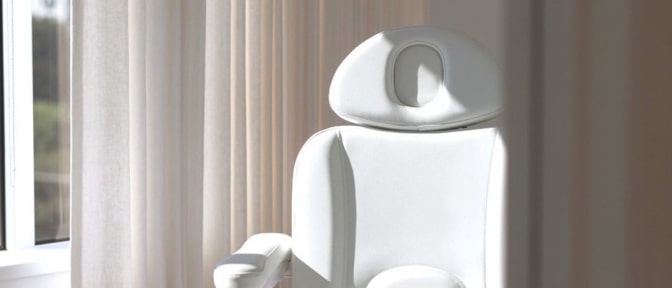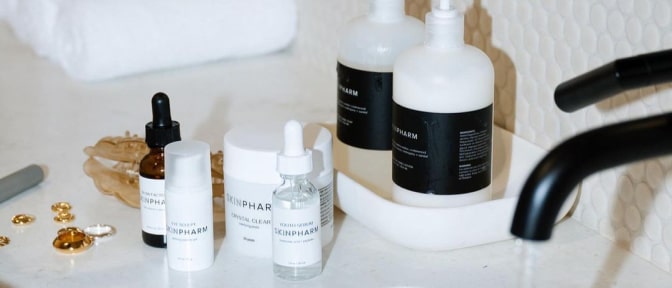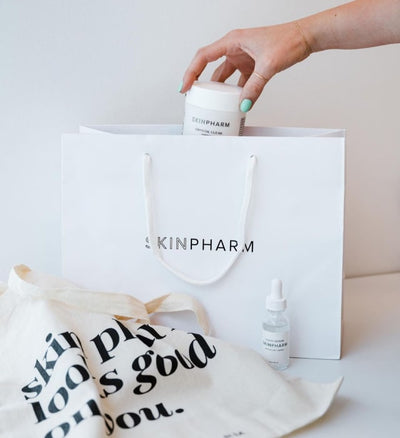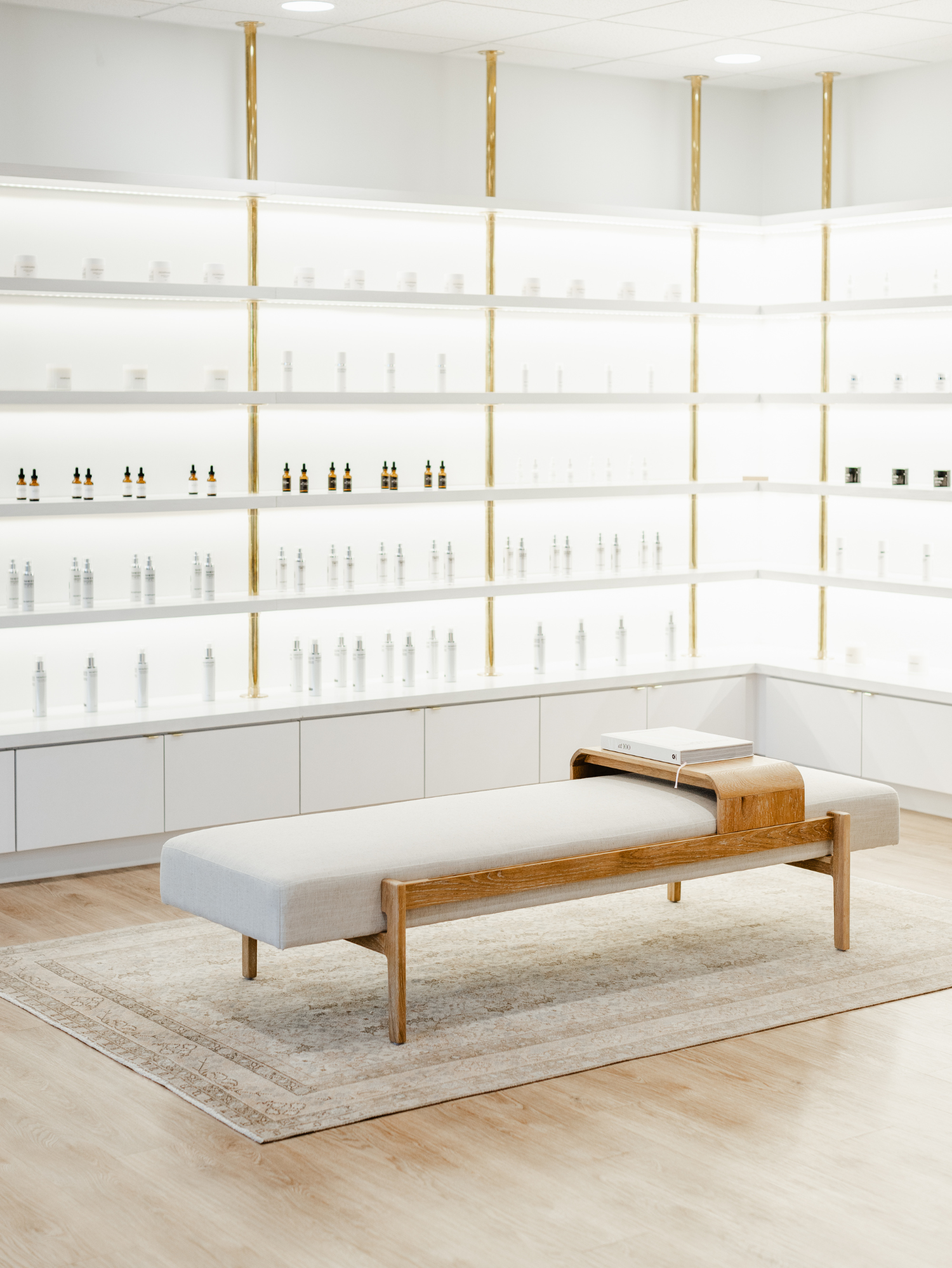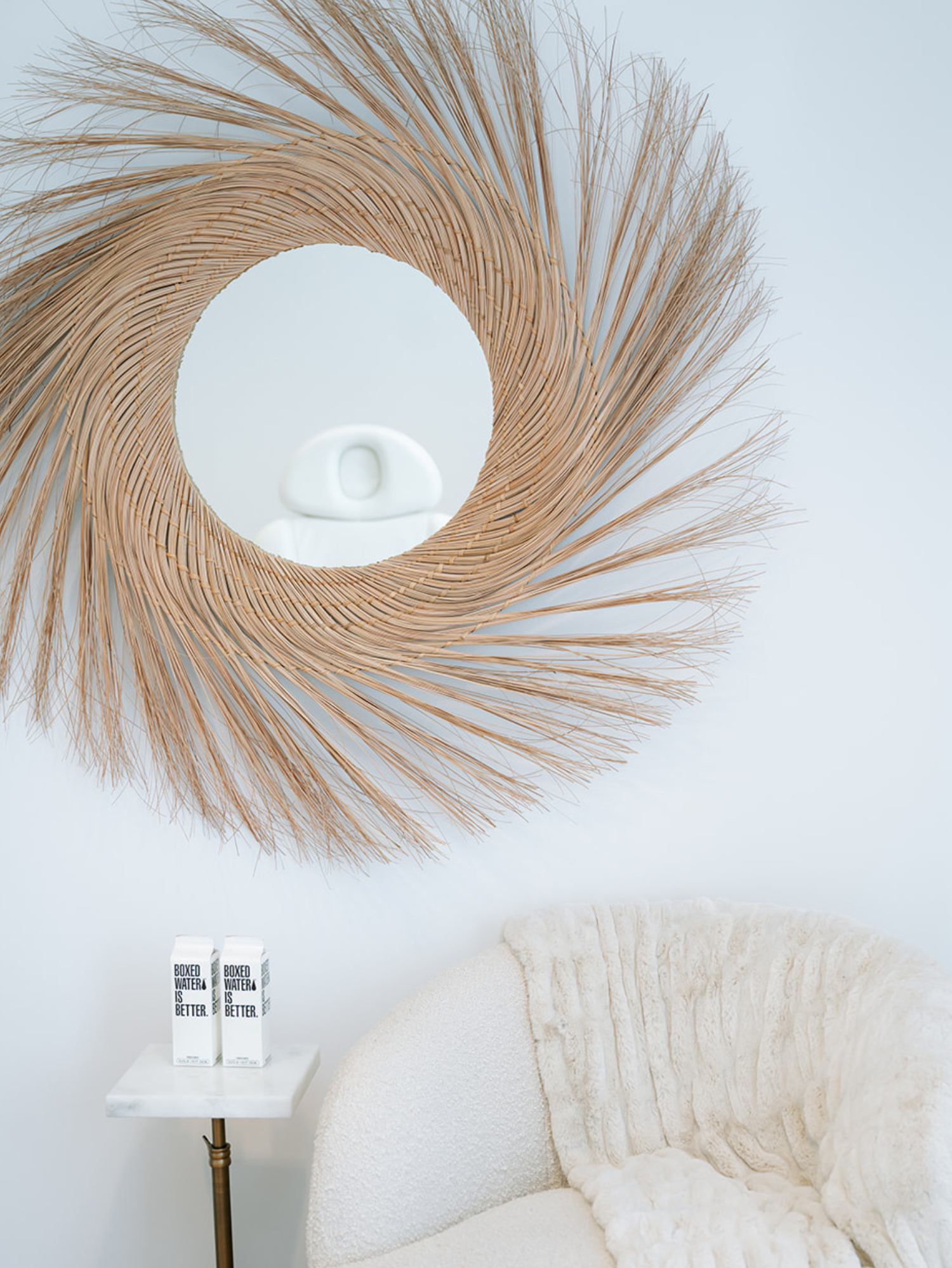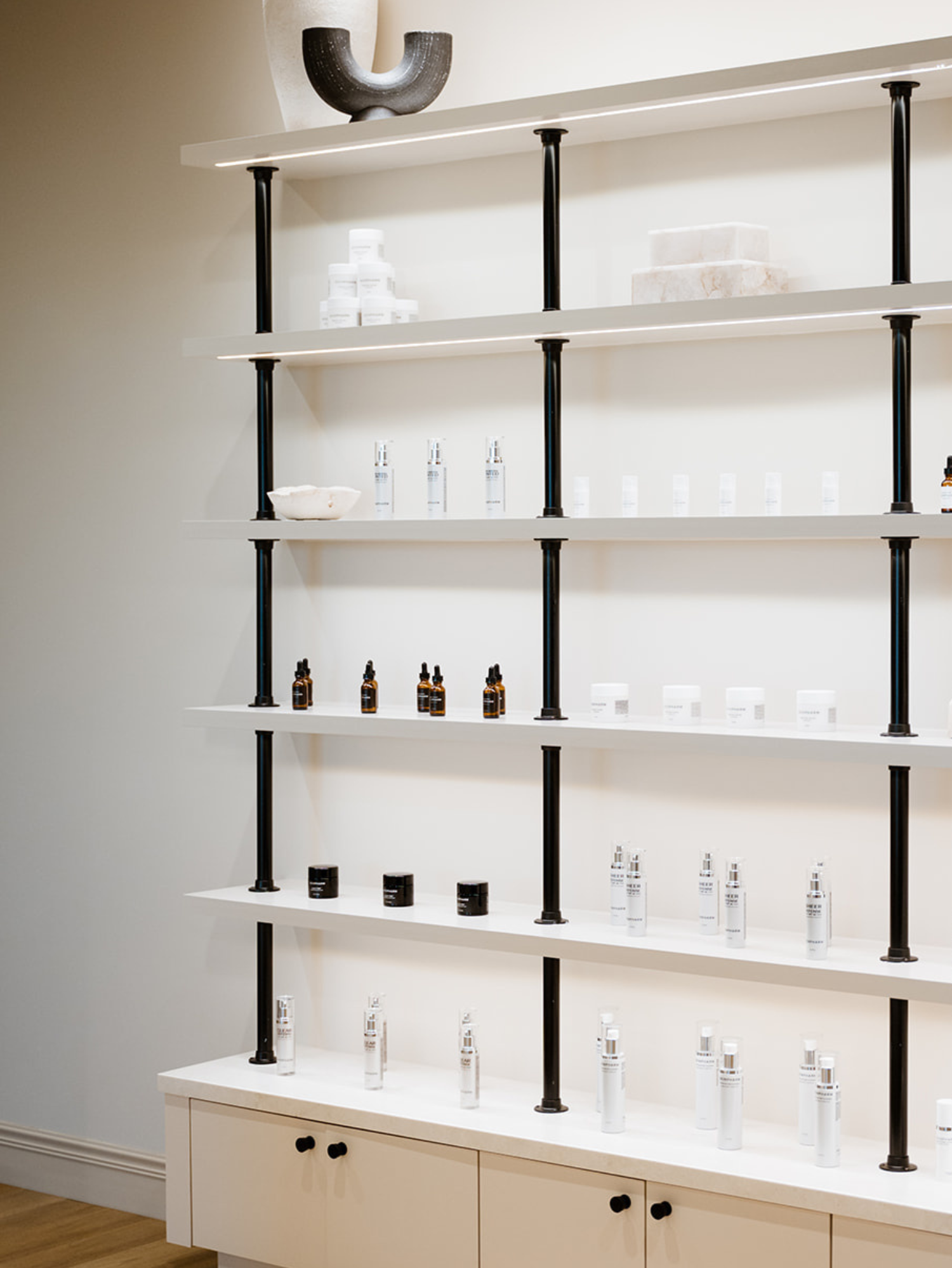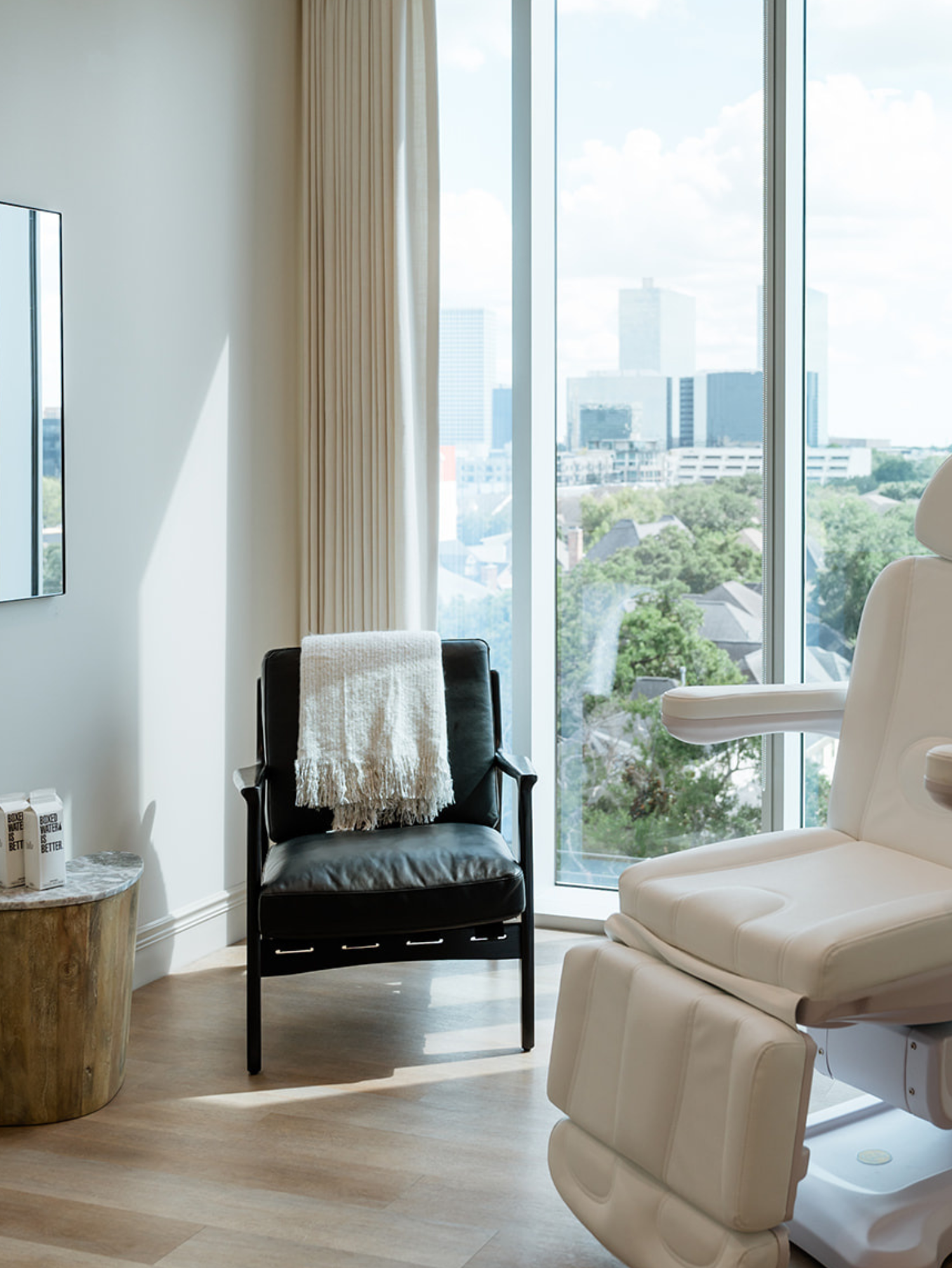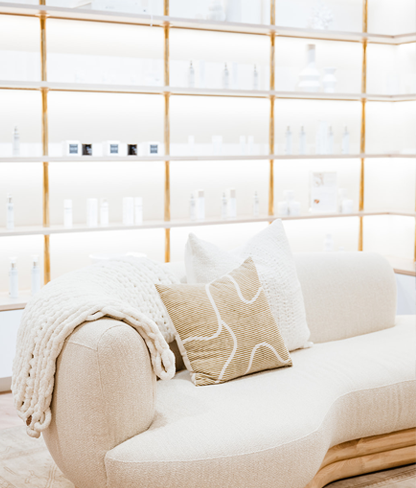Shop skin care
Clinics
VISIT OUR 9 CLINICS →
HOURS
Monday – Friday
9:30a – 5:30p
What to Do After a Facial to Maintain Your Skin

Facials, especially those performed by a knowledgeable skin care provider, can help reveal your brightest, most beautiful skin yet.
However, even the most effective facial doesn’t last forever — especially if you don’t do anything to maintain your skin once you leave the office.
But don’t worry — if you’ve been wondering what to do after a facial to keep your skin looking, feeling and acting its best, we’re here to help. Here are some of our top tips for maintaining your skin after a facial.
What can you expect during a facial?
Even the most gentle facial is going to have temporary side effects. Understanding those side effects and knowing what to do after a facial (and what not to do) can help you work with your skin as it heals.
For example, nearly every type of facial will leave your skin temporarily red and irritated. This sensitivity is likely due to the effect facials can have on the uppermost layer of your skin.
Many facials are exfoliating treatments, which means their goal is to remove dead skin cell buildup, leaving behind fresher, more beautiful skin. However, the process may lead to temporary skin sensitivity, depending on what treatments you’ve had and which products your provider used.
This increased sensitivity may mean you need to change your skin care routine for a few days in order to focus on soothing your skin and adding extra hydration. Our Recovery Lotion was specifically designed to help during this sensitive period.
We also recommend putting a hold on exfoliants like AHAs, BHAs and retinoids — you don’t want to irritate your skin while it’s sensitive. Plus, over-exfoliating can damage your skin barrier, which can increase breakouts.
It’s also a good idea to take it easy for a day or two after you’ve had a facial or skin care treatment. That means taking a rest day from the gym and staying out of direct sunlight as much as possible. Sweating too much can further irritate your skin and clog your pores, and your skin may be extra sensitive to sunlight after a facial, depending on the ingredients used.
How soon can you schedule your next facial?
Facials are like a reset button on your skin, so it’s understandable that you’d want to get them as often as possible. However, scheduling your facials too close together can actually backfire and may cause problems with your skin instead of improving it further. This is especially true if you have more sensitive skin, which may need additional time to heal.
So, how often should you get a facial?
The key is working with your skin care provider and knowing the general rules for the type of facial you’ve had performed. Chemical peels, for example, will vary depending on how deep they’ve gone and how sensitive your skin is.
Other types of facials, like a Gold Infusion facial or microneedling, can be safely scheduled every three to six months. BBL (broadband light) facials can be done even closer together, even as frequently as every few weeks. Once you’ve reached the results you’re looking for, you won’t need to do them as often to maintain your skin.
How can you maintain your skin at home?
Wouldn’t it be great if you could just skip the skin care in between facials? Unfortunately, what you do in between facials is just as crucial.
Talk to your skin care provider if you’re unsure how to design a supportive and effective skin care routine. They can help guide you toward the right products for your unique skin type and concerns so that you’re keeping up with your results.
Read on for a few tips on how to maximize your skin care routine in between facials.
Get back to the basics.
Every skin care routine should include two crucial products: a cleanser and a moisturizer.
Gentle cleansers are often recommended post-facial because they can eliminate excess build-up without aggravating your skin. Remember to use lukewarm water to protect and maintain your moisture barrier, and make sure to check your cleansers for potentially irritating ingredients.
Moisturizer is especially crucial after you have a facial. Even on a normal day, it’s important to restore moisture to your skin and support your skin barrier. When your skin is healing, this is even more important.
It’s also important to use the right moisturizer for your skin type. Using the wrong moisturizer can irritate your skin and even damage your skin barrier. For instance, if you use a thick and creamy moisturizer on oily skin, you’re more likely to see breakouts and clogged pores.
Between your cleanser and moisturizer, you can also use toners and serums that target your specific areas of concern. For example, a product like Youth Serum can help address age-related concerns by improving the appearance of fine lines and wrinkles.
You can also combine Youth Serum with our Clay Time charcoal mask once your skin has returned to normal. It’s generally best practice to wait at least a few days after having a facial before using any exfoliants, just to make sure you don’t irritate your skin.
You can use our Clay Time charcoal mask two to three times a week (after cleansing your skin), but it’s best to start slowly to give your skin time to adjust. Massage the mask onto damp skin using small, circular motions with your fingertips, and leave it on for up to three minutes. Then, just rinse it off with lukewarm water and gently pat your skin dry.
Be open to changing it up.
When you find a skin care routine that works for you, it can be easy to get attached! Unfortunately, even the best routine can lose effectiveness as your skin ages and changes. The skin that you had in your 20s is much different from the skin you’ll have in your 40s. It’s still beautiful — it just needs different things to look and feel its best.
After you’ve had a series of facials, your skin may feel or look different than before — that means the facials did their jobs. If you were using facials to treat a specific issue, you might need to change your skin care routine once you’re not dealing with that issue anymore.
It’s a good idea to talk to your skin care provider and see if they have recommendations for which products will be most effective. It’s important to keep working with them even after your facials to make sure you’re always staying on top of your skin’s natural changes.
Don’t forget the sunscreen!
Another way to protect and maintain your skin, especially after a facial, is always apply sunscreen.
We’d argue that sunscreen is one of the most crucial parts of any skin care routine. You don’t just need sunscreen if you’re spending a day on the beach — you’re still exposed to ultraviolet radiation just sitting by a window in your home or office.
Over time, ultraviolet radiation can add up, contributing to early signs of aging like fine lines and wrinkles. It can even interfere with your skin’s natural collagen production, leading to the appearance of sagging skin.
There are plenty of sunscreens to choose from, so it helps to know what to look for. There are three essential components of a quality, supportive sunscreen: an SPF of at least 30, broad-spectrum protection against UVA and UVB radiation and water resistance.
Sunscreen should be the last step in your routine, but you can make it even more effective by combining its powers with a Vitamin C serum. Antioxidant-rich vitamin C can provide exceptional skin care benefits all on its own (especially if you are dealing with dark spots), but it can also add an additional layer of protection against harmful UV radiation.
However, vitamin C isn’t a suitable replacement for sunscreen. It’s still important to apply sunscreen every morning and reapply as needed throughout the day to avoid sun damage.
Change your sheets and wash your towels.
The list of things to do after a facial includes more than just skin care adjustments. Our final tip for post-facial care is to take the time to change your sheets and wash your towels once a week.
Your skin immediately after a facial is at its most vulnerable. To support your skin through this sensitivity, it’s important to keep everything that comes into contact with your skin should be as clean as possible.
This means washing your hands before touching your face (and minimizing the amount you touch it at all) and using clean sheets to reduce the risk of coming into contact with debris and bacteria.
You may want to use softer sheets and towels during your healing period, too. Microfiber facial towels and silk sheets are gentle on your sensitive skin — so gentle, in fact, that you may want to continue using them even after your skin is back to normal.
The bottom line...
Don’t wonder what to do after a facial to maintain your skin — ask!
Your skin care provider can help guide you toward the most appropriate skin care routine for your newly treated, beautiful skin, as well as answer any questions you may have about keeping up with your results. Your skin care routine should change and adapt as you age in order to help keep your skin looking, feeling and behaving at its most optimal level.
SOURCES:
Benefits of adding vitamin C to your skin care routine | Baylor College of Medicine
